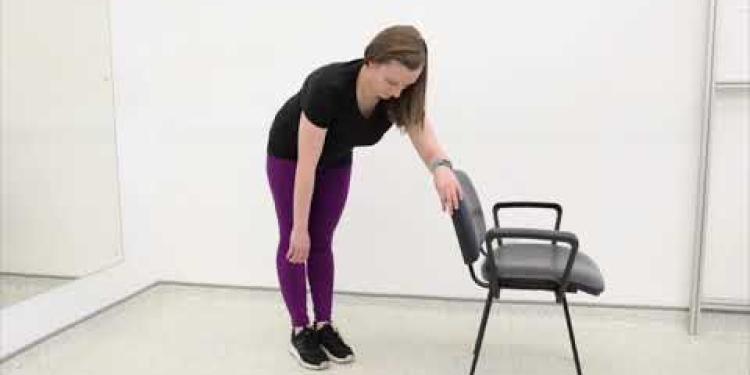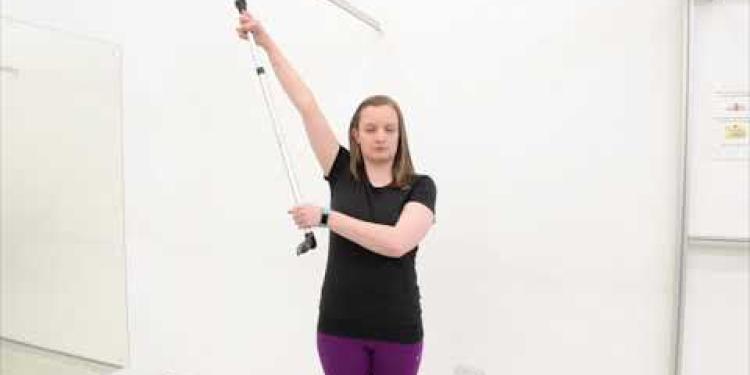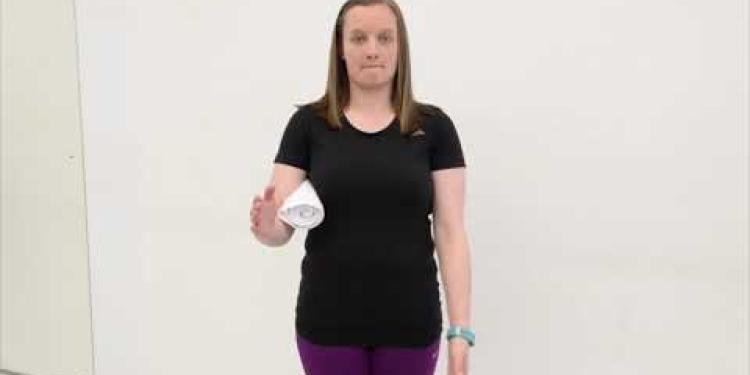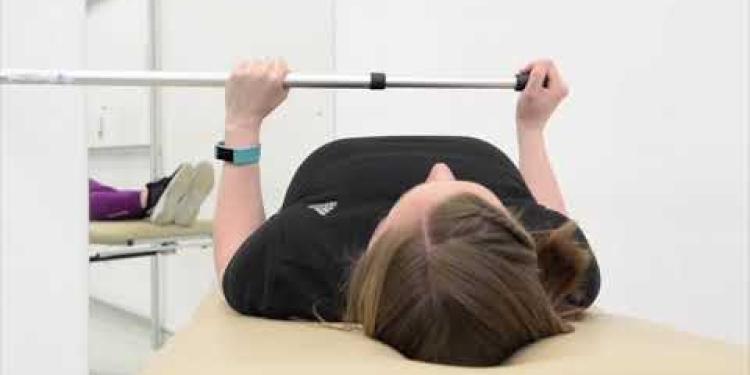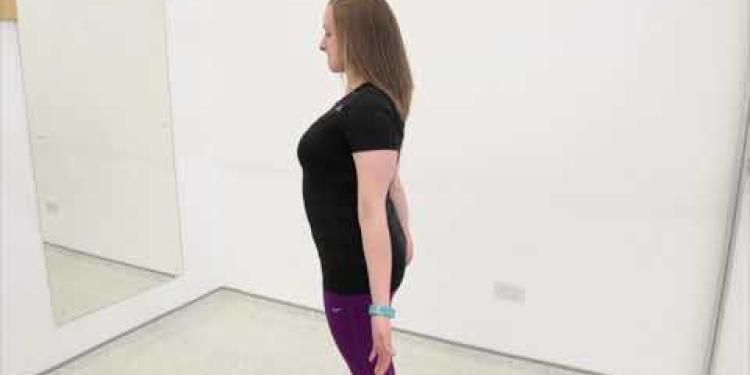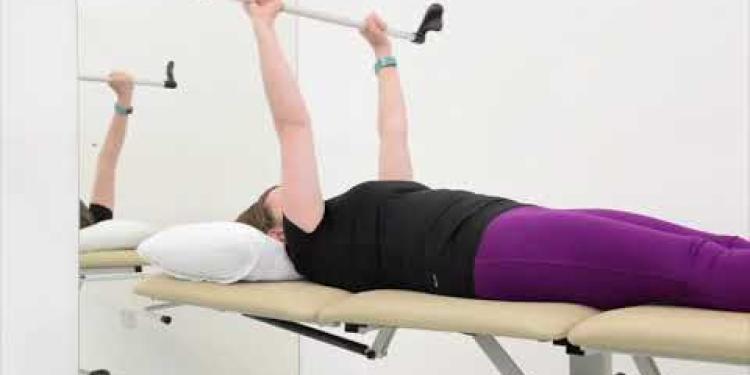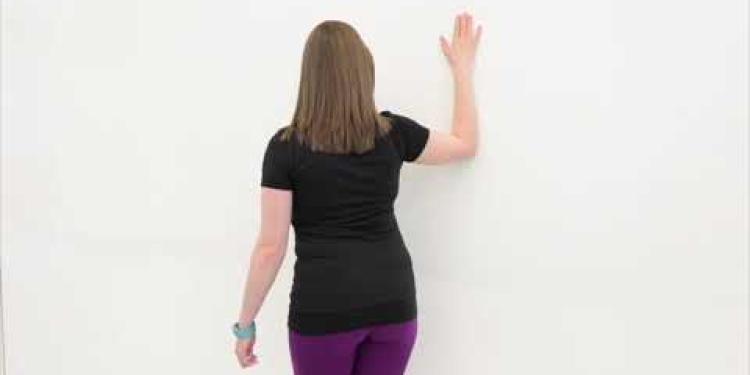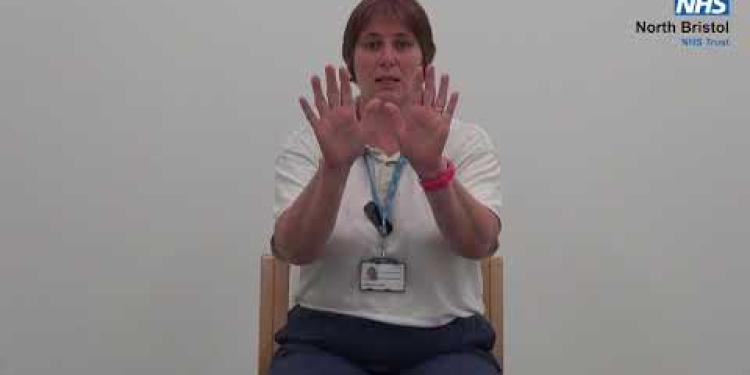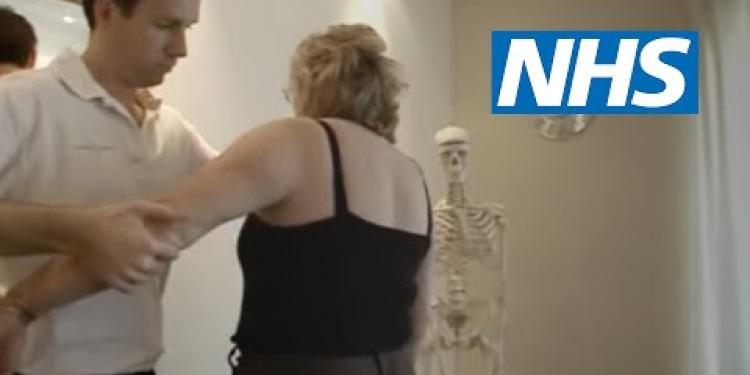Important Information On Using This Service
- Ergsy carefully checks the information in the videos we provide here.
- Videos shown by YouTube after a video has completed have NOT been reviewed by ERGSY.
- To view, click the arrow in the center of the video.
Using Subtitles and Closed Captions
- Most of the videos you find here will have subtitles and/or closed captions available.
- You may need to turn these on and choose your preferred language.
Turn Captions On or Off
- Go to the video you'd like to watch.
- If closed captions (CC) are available, settings will be visible on the bottom right of the video player.
- To turn on captions, click settings.
- To turn off captions, click settings again.
Find A Professional
More Items From Ergsy search
-
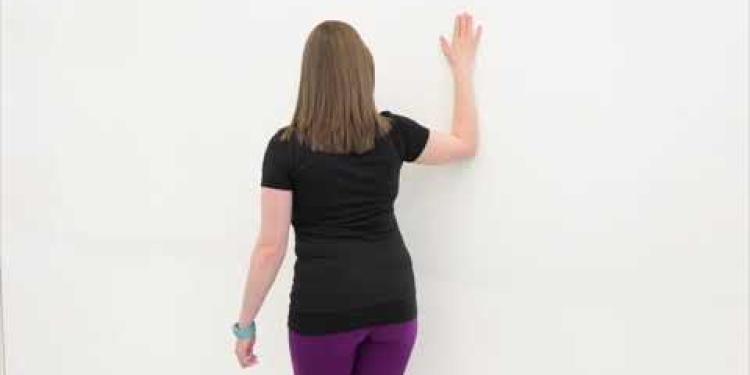
Frozen Shoulder Anterior Shoulder Stretch
Relevance: 100%
-
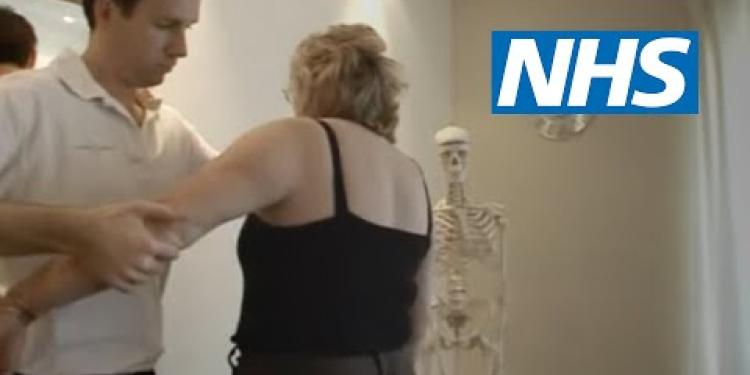
Shoulder pain | NHS
Relevance: 85%
-
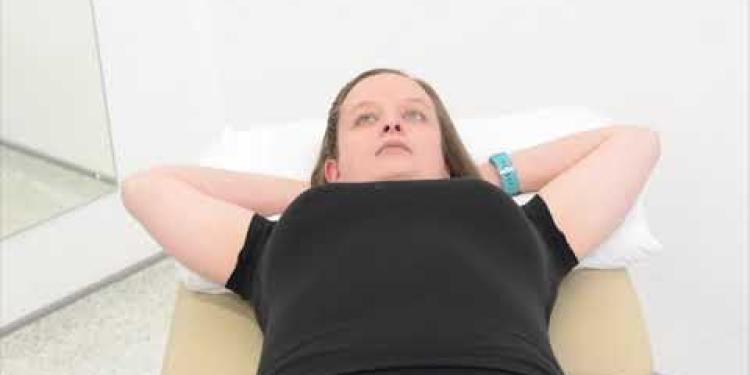
Frozen Shoulder Lateral Rotation
Relevance: 85%
-
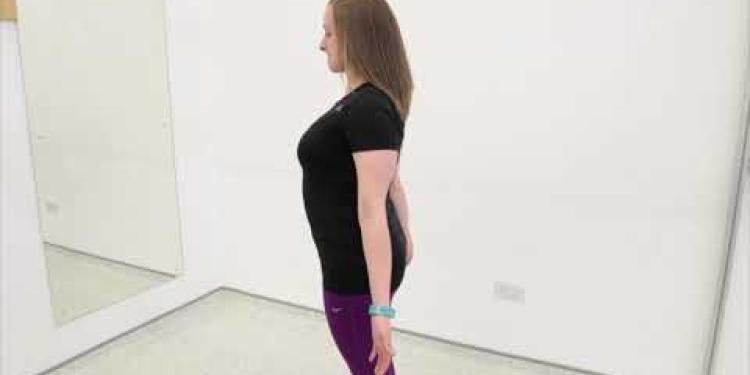
Frozen Shoulder Scapular Setting
Relevance: 84%
-
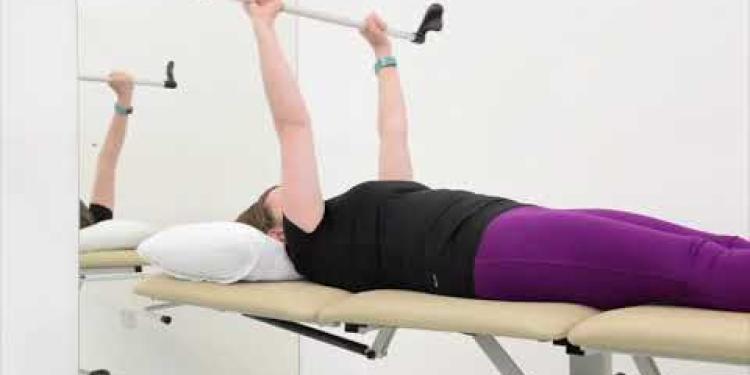
Frozen Shoulder Assisted Flexion
Relevance: 79%
-
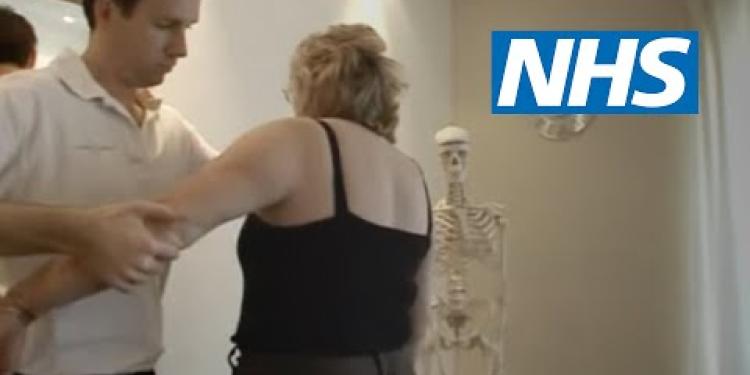
Shoulder pain | NHS
Relevance: 72%
-
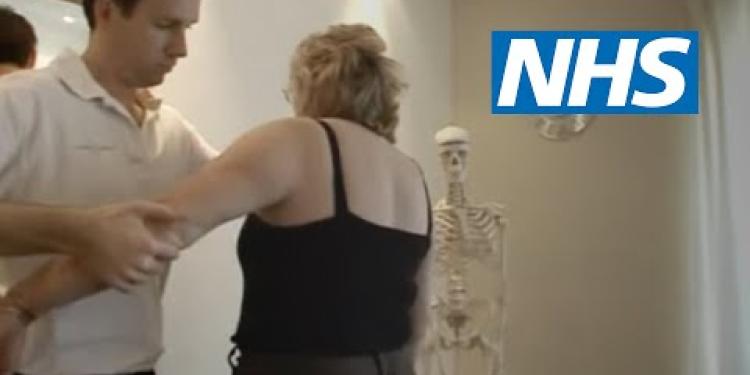
Shoulder pain | NHS
Relevance: 68%
-
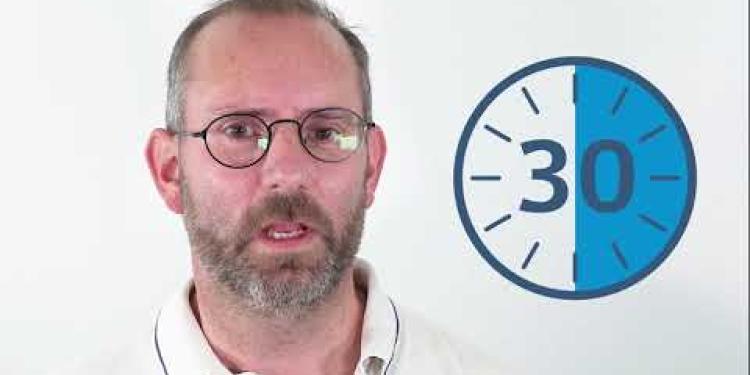
Shoulder subacromial shoulder pain
Relevance: 67%
-
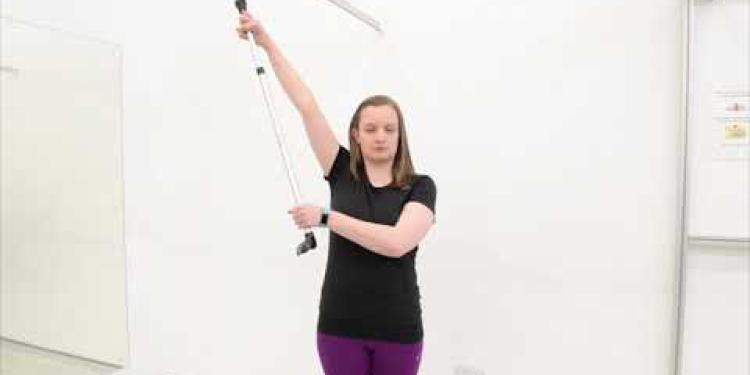
Frozen Shoulder Assisted Abduction
Relevance: 64%
-
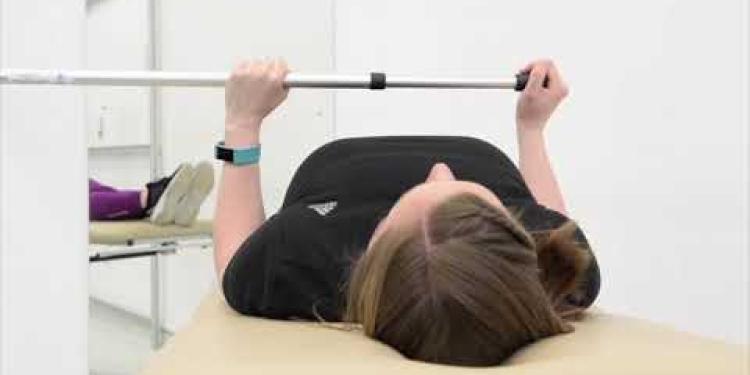
Frozen Shoulder Assisted Lateral Rotation
Relevance: 58%
-
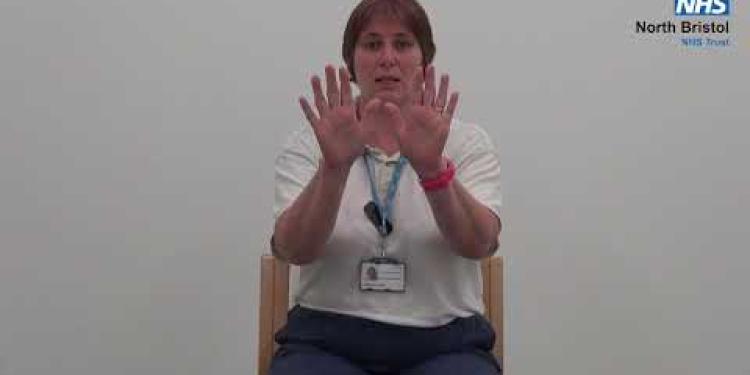
Shoulder Exercises 1
Relevance: 58%
-
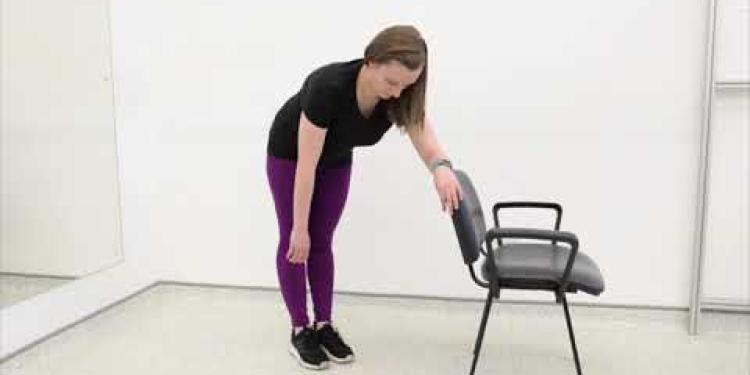
Frozen shoulder Pendular Exercises
Relevance: 54%
-
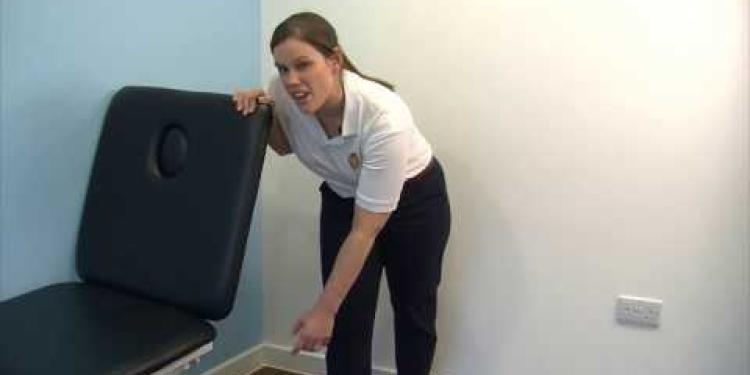
DBTH VFC DISLOCATED SHOULDER
Relevance: 53%
-
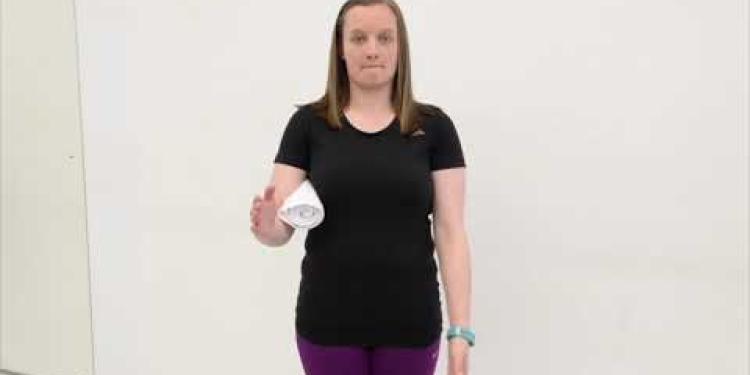
Frozen Shoulder Isometric External Rotation
Relevance: 47%
-

Unfreezing the Truth The UK's Frozen Pensions
Relevance: 33%
-
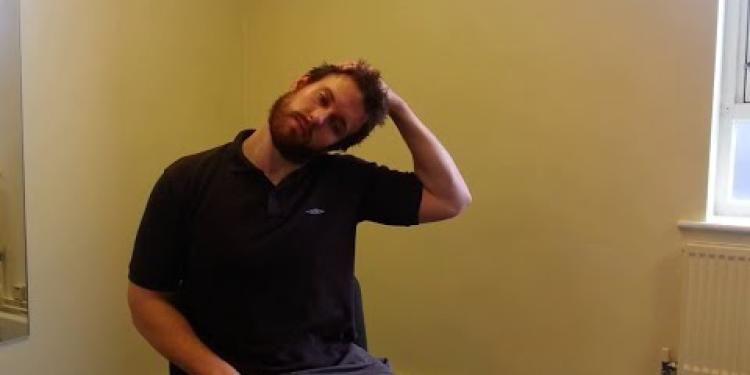
Neck Care Exercises
Relevance: 10%
-

Neck Exercises
Relevance: 8%
-
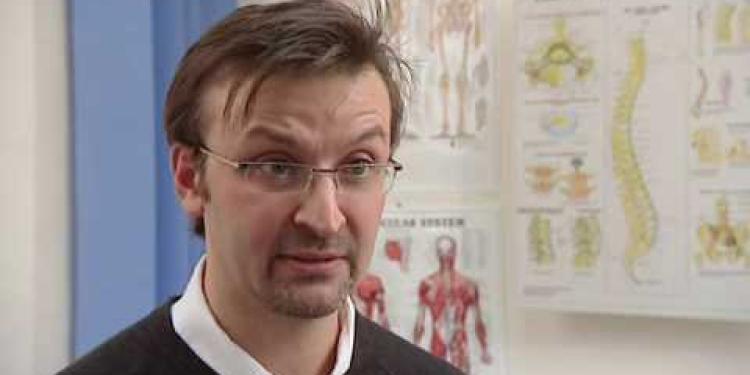
Advice on neck pain and whiplash
Relevance: 5%
-

Neck Exercises
Relevance: 4%
-
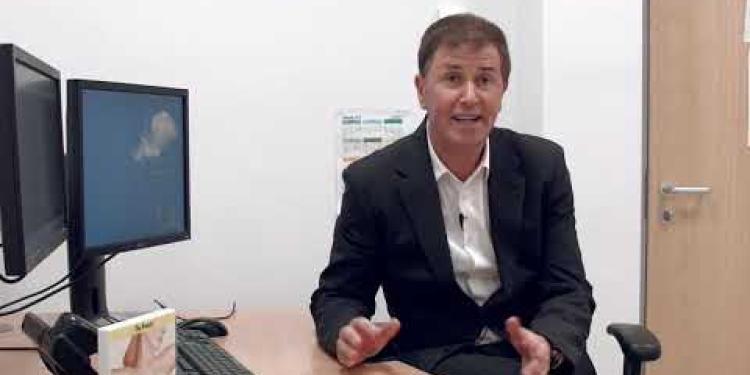
Evidence-Based Interventions: breast reduction
Relevance: 4%
-
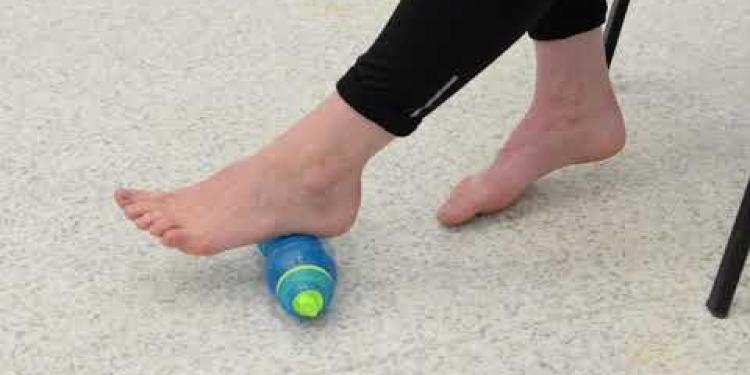
Plantar Fascia Cold Therapy
Relevance: 4%
-
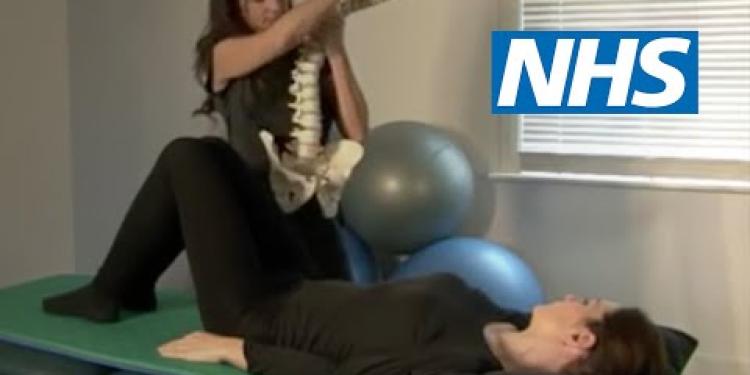
Exercises for sciatica: herniated or slipped disc | NHS
Relevance: 3%
-
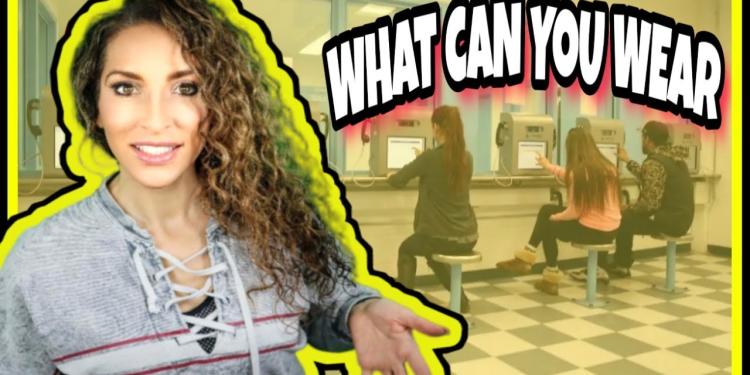
Visiting a Prisoner - What To Wear on a prison visit
Relevance: 3%
-

What is angina and how is it treated?
Relevance: 3%
-

Top 10 Tips for Healthy Eating
Relevance: 2%
-
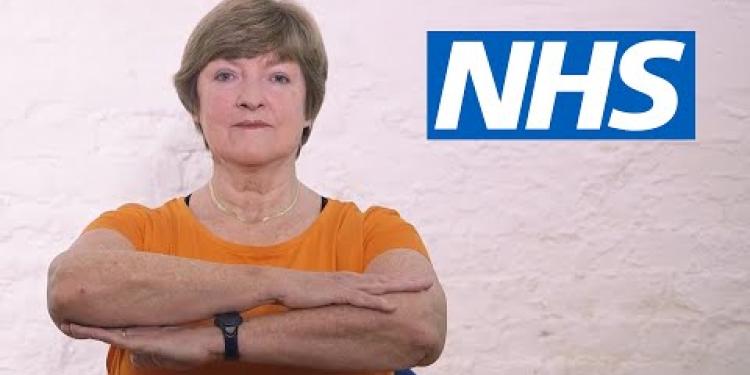
Pilates for back pain: Seated waist twist | NHS
Relevance: 2%
-
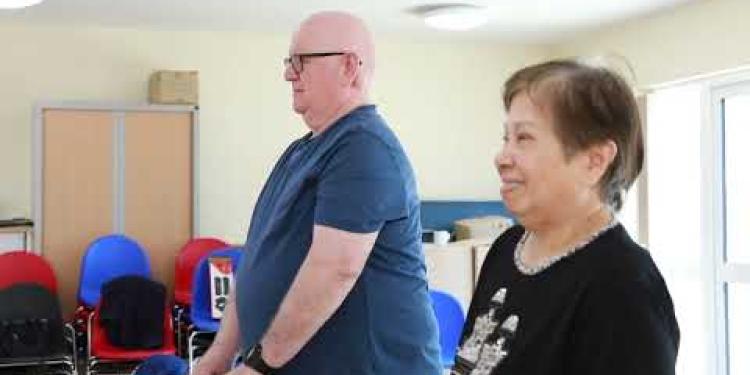
Falls Prevention - strength and balance exercises
Relevance: 2%
-

An Introduction to Decompression Illness: Signs & Symptoms”. Dr Roland Armes
Relevance: 2%
-

Are there any home remedies for nettle rash?
Relevance: 2%
-

How can nettle rash be treated?
Relevance: 2%
-
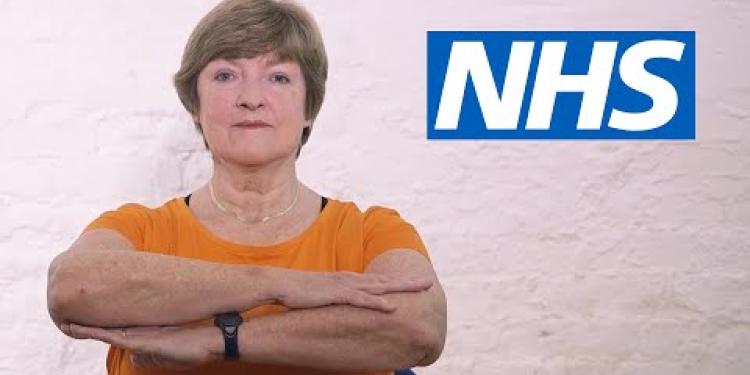
Pilates for back pain: Seated waist twist | NHS
Relevance: 2%
-
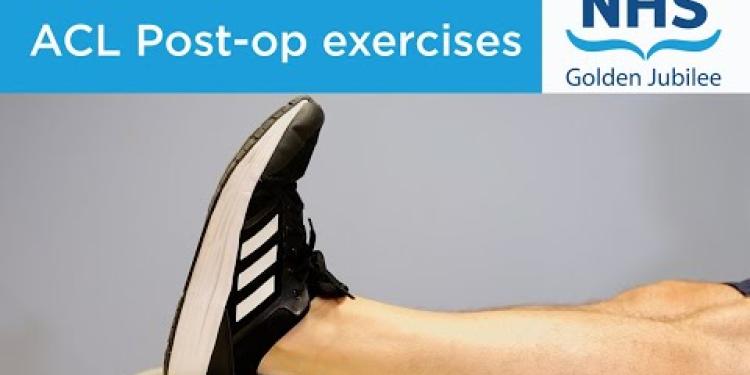
ACL exercises post-operation
Relevance: 2%
-

What are migraines and cluster headaches?
Relevance: 2%
-
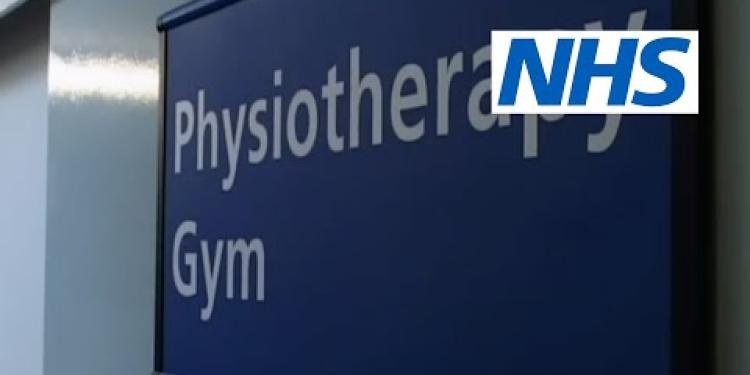
Back stretches | NHS
Relevance: 2%
-
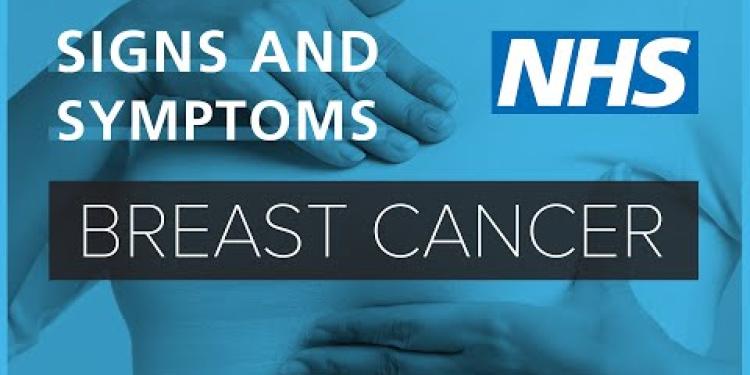
About Breast cancer - signs and symptoms | NHS
Relevance: 1%
-
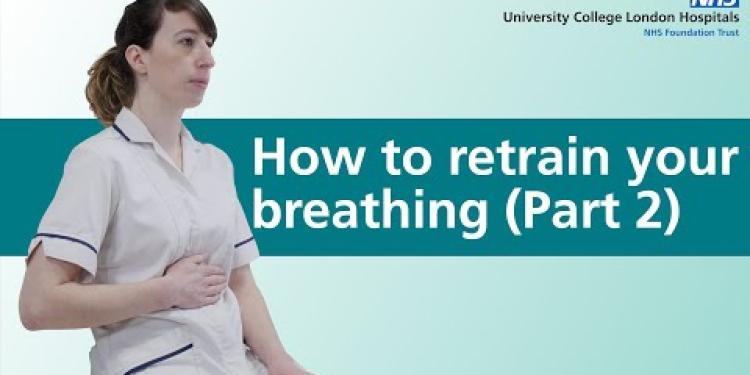
How to retrain your breathing | Part 2 | Asthma, long covid or breathlessness
Relevance: 1%
-
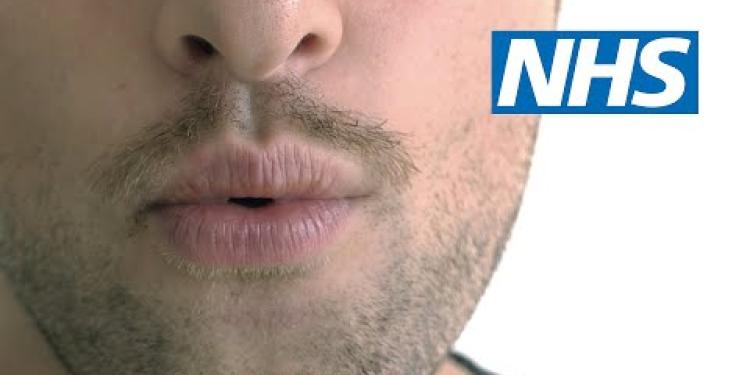
Tips for breathlessness | NHS
Relevance: 1%
-

Heart Attack Symptoms - Help Us Help You | NHS
Relevance: 1%
-
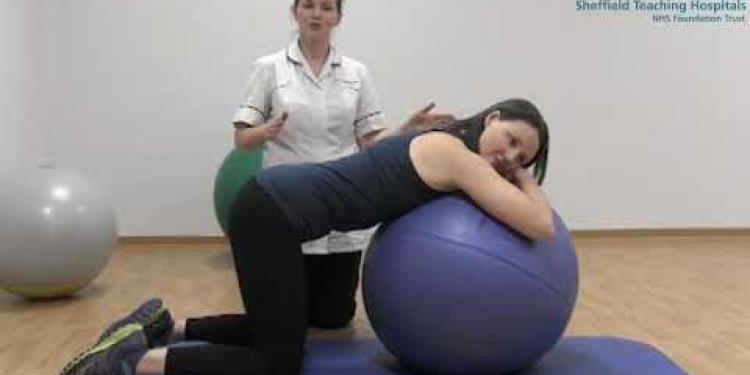
Mat and gym ball exercises with pregnancy related Pelvic Girdle Pain
Relevance: 1%
-

Infertility - IVF Treatment and Patient Information
Relevance: 1%
Understanding Frozen Shoulder Lateral Rotation
Frozen shoulder, also referred to as adhesive capsulitis, is a condition characterized by stiffness and pain in the shoulder joint. Over time, it can lead to restricted movement, making everyday activities challenging. Understanding this condition, particularly its impact on lateral rotation, is crucial for effective management and treatment.What is Lateral Rotation?
Lateral rotation, also known as external rotation, involves rotating the shoulder joint away from the body. This movement is essential for various activities, from reaching for objects to performing sports-related motions. When frozen shoulder affects lateral rotation, these activities can become significantly limited, causing inconvenience and discomfort.Causes of Frozen Shoulder
The exact cause of frozen shoulder is often unclear, although it generally occurs after an injury or prolonged immobilization of the shoulder. It is more common in individuals aged 40-60 and tends to affect women more than men. Conditions such as diabetes, thyroid disorders, and cardiovascular disease also increase the risk of developing frozen shoulder.Symptoms of Lateral Rotation Impairment
When frozen shoulder impacts lateral rotation, individuals typically experience reduced range of motion, pain, and stiffness. These symptoms can make it difficult to perform tasks such as: - Reaching to the side - Lifting objects above the head - Turning the steering wheel - Dressing and grooming activitiesTreatment Options
Managing frozen shoulder, especially concerning lateral rotation, involves a combination of self-care, physical therapy, and medical interventions. Key treatment options include:Physical Therapy
Physical therapists design specific exercises to improve shoulder mobility and reduce pain. Exercises focusing on stretching and strengthening the shoulder can gradually restore lateral rotation.Home Exercises
In addition to professional physical therapy, individuals can perform home exercises to alleviate symptoms. Gentle stretches, such as the sleeper stretch and doorway stretch, can enhance flexibility and promote healing.Medications and Injections
Nonsteroidal anti-inflammatory drugs (NSAIDs) and corticosteroid injections are commonly used to manage pain and inflammation associated with frozen shoulder. These treatments can help improve range of motion in the short term.Surgery
In severe cases where non-surgical interventions fail, arthroscopic surgery may be considered. This procedure involves the loosening of the tightened joint capsule to restore mobility.Prevention Tips
Preventing frozen shoulder, particularly its impact on lateral rotation, involves maintaining shoulder mobility through regular exercise. Key prevention tips include: - Engaging in shoulder stretches - Managing underlying health conditions like diabetes and thyroid disorders - Seeking prompt treatment for shoulder injuries - Avoiding prolonged immobilization of the shoulderConclusion
Frozen shoulder can significantly impact lateral rotation, causing discomfort and restricting daily activities. Understanding the condition, its causes, symptoms, and treatment options is essential for effective management. By following preventive measures and seeking timely medical intervention, individuals can maintain shoulder health and improve their quality of life.Understanding Frozen Shoulder Lateral Rotation
Frozen shoulder makes your shoulder stiff and painful. It can also make it hard to move. This can make everyday tasks difficult. It is important to know about frozen shoulder, especially how it affects moving your shoulder outwards.What is Lateral Rotation?
Lateral rotation is when you turn your shoulder outwards, away from your body. We do this when we reach for things or play sports. When you have a frozen shoulder, it can be hard to move your shoulder this way. This can be annoying and painful.Causes of Frozen Shoulder
Doctors are not always sure why frozen shoulder happens. It can happen after hurting your shoulder or not using it for a long time. People aged 40-60 are more likely to get it. It happens more in women. Health problems like diabetes can also make it more likely.Symptoms of Lateral Rotation Impairment
If you can't move your shoulder outwards, you might feel: - Stiffness - Pain - Trouble doing things like: - Reaching to the side - Lifting your arm up - Turning the steering wheel - Getting dressedTreatment Options
There are ways to help a frozen shoulder get better, especially moving it outwards. These can include:Physical Therapy
A therapist can give you exercises to help your shoulder move better and hurt less. Stretching and strengthening can help you move your shoulder outwards again.Home Exercises
You can also do simple exercises at home. Try gentle stretches like the sleeper stretch and doorway stretch. These can help make your shoulder more flexible.Medications and Injections
Medicine like NSAIDs or injections can help with pain and swelling. These can also help you move your shoulder better for a short time.Surgery
If nothing else works, doctors might suggest surgery. Surgery can help make your shoulder move easier.Prevention Tips
You can try to stop a frozen shoulder from happening by: - Doing shoulder stretches - Taking care of health issues like diabetes - Getting help quickly if you hurt your shoulder - Using your shoulder and not keeping it still for too longConclusion
Frozen shoulder can make it hard to move your shoulder outwards. This can hurt and make daily tasks harder. It is important to know about frozen shoulder and how to treat it. Taking steps to prevent it can help keep your shoulder healthy and improve your life.Frequently Asked Questions
What is frozen shoulder?
Frozen shoulder, also known as adhesive capsulitis, is a condition characterized by stiffness and pain in the shoulder joint.
What causes frozen shoulder?
The exact cause of frozen shoulder is not fully understood, but it often occurs following an injury or surgery, or in association with conditions like diabetes.
What are the symptoms of frozen shoulder?
Symptoms of frozen shoulder include pain, limited range of motion, and stiffness in the shoulder joint.
How is frozen shoulder diagnosed?
A diagnosis of frozen shoulder is typically made based on medical history, physical examination, and imaging tests such as X-rays or MRI.
What is lateral rotation in the context of frozen shoulder?
Lateral rotation refers to the movement of the arm away from the body while keeping the elbow bent. It's one of the motions that becomes restricted with frozen shoulder.
How can lateral rotation exercises help with frozen shoulder?
Lateral rotation exercises can help improve the range of motion and flexibility in the shoulder by gradually stretching and strengthening the muscles and tissues.
What are some common lateral rotation exercises for frozen shoulder?
Common exercises include the doorway stretch, using a resistance band for external rotation, and gentle arm circles.
Can I perform lateral rotation exercises at home?
Yes, many lateral rotation exercises can be safely performed at home with minimal equipment, but it’s advisable to do them under the guidance of a healthcare professional initially.
How often should I do lateral rotation exercises for frozen shoulder?
It's generally recommended to do these exercises daily or as advised by a physiotherapist, starting slow and gradually increasing intensity.
When should I see a physiotherapist for frozen shoulder?
If you're experiencing significant pain or restriction in shoulder movement, it's wise to see a physiotherapist for a tailored exercise plan and treatment strategy.
Are there any risks associated with lateral rotation exercises for frozen shoulder?
When done correctly, the risks are minimal. However, overdoing it or performing exercises improperly can exacerbate pain or cause injury, so professional guidance is important.
What other treatments are available for frozen shoulder besides exercises?
Treatments can include pain relief medication, corticosteroid injections, physical therapy, and in some cases, surgical intervention.
How long does it take to recover from frozen shoulder?
Recovery can take several months to up to three years, depending on the severity and adherence to treatment regimens.
Can frozen shoulder recur after treatment?
While it's possible for frozen shoulder to recur, proper management and continued exercises can help reduce the likelihood of recurrence.
Is frozen shoulder more common in any particular demographic?
It typically occurs in people aged 40 to 60 and is more common in women than men. Certain conditions, like diabetes, also increase the risk.
What is frozen shoulder?
A frozen shoulder is when your shoulder gets very stiff and it hurts to move it.
Here is how to understand it better:
- Your shoulder joint has thick bands around it that can sometimes become tight.
- This can make it hard for your shoulder to move.
- A frozen shoulder can feel really sore, and it can be tricky to do things like lift your arm.
If you think you have a frozen shoulder, it can help to:
- Use heat packs to make it feel better.
- Do gentle exercises to keep it moving.
- See a doctor or physiotherapist for advice.
Frozen shoulder is when your shoulder gets stiff and painful. It might also be called sticky shoulder.
What causes frozen shoulder?
Frozen shoulder makes it hard to move your shoulder. Sometimes, we do not know why it happens. Other times, it can happen after you hurt your shoulder or have surgery.
If you do not move your shoulder for a long time, it might get stiff. Sometimes it happens more in people with diabetes or other illnesses.
If you get a frozen shoulder, it is important to see a doctor. They can help you with treatment like exercises to make your shoulder better.
Tools like videos can show you how to do the exercises. You can also ask someone to help you understand the exercises.
Doctors are not sure why frozen shoulder happens. But it can start after you hurt yourself, after surgery, or if you have a health problem like diabetes.
What happens when you have a frozen shoulder?
If you have a frozen shoulder, it might hurt a lot. You could find it hard to move your shoulder. Your shoulder might feel stiff and tight.
How do doctors find out if you have a frozen shoulder?
Doctors can tell if your shoulder is frozen by talking to you about your symptoms and checking how your shoulder moves. They might also use pictures, like X-rays, to look inside your shoulder. If your shoulder is very stiff and it hurts to move, tell a doctor. Using simple words and gestures can help you explain how you feel. Keeping a diary of your shoulder pain can also help.
Doctors find out if someone has a frozen shoulder by looking at their health history, checking their shoulder, and sometimes taking pictures like X-rays or MRI.
What does 'lateral rotation' mean when someone has a frozen shoulder?
'Lateral rotation' is when you try to move your arm out to the side.
If you have a frozen shoulder, it can be hard to do this.
It might help to look at pictures or use videos that show you how the shoulder moves.
You can also ask a doctor or therapist to show you how to move your shoulder safely.
Lateral rotation is when you move your arm away from your body, but you keep your elbow bent. When someone has a frozen shoulder, it's harder to do this move.
How do side turning exercises help with a stiff shoulder?
If your shoulder feels stuck and can't move well, side turning exercises can help. These exercises can make your shoulder feel better and move more easily.
Here are simple steps to try:
- Sit or stand up straight.
- Keep your elbow close to your body.
- Slowly turn your arm to the side.
- Do this gently and don't rush.
Remember to take breaks and stop if you feel pain. It can also be helpful to have a friend or physical therapist help you with these exercises. They can show you how to do them safely.
Lateral rotation exercises help your shoulder move better. They stretch and make the shoulder muscles stronger. This can help you move your arm more easily. You can also use tools like stretchy bands to make it easier.
What are some sideways shoulder exercises for a stiff shoulder?
Here are some easy exercises to help your shoulder:
- Put your arm against your side. Bend your elbow to 90 degrees. Slowly move your lower arm outwards. Do it gently!
- Hold a towel between both hands behind your back. Move your hands up and down like drying your back.
- Stand near a wall. Use your fingers to walk up the wall like a spider. Go as high as you can!
Tips to help you:
- Move slowly and don’t hurt yourself.
- Ask someone to help you if it’s hard.
- Do these exercises often to make your shoulder better.
Here are some exercises to try:
1. Stand in a doorway and stretch your arms. This is called a doorway stretch.
2. Use a stretchy band to help turn your arm outwards. This is called an external rotation.
3. Move your arms in small circles. These are called gentle arm circles.
Here are some tips to help:
- Take your time and go slowly.
- Ask someone to help you if needed.
- Use soft music to keep calm and relaxed.
Can I do side-turning exercises at home?
Yes, you can do side-turning exercises at home. These exercises help you move better and feel stronger.
Here are some tips:
- Find a safe space with enough room.
- Wear comfy clothes and shoes.
- Watch a simple exercise video online. Ask an adult if you need help.
- Go slow and stop if anything hurts.
Tools that can help:
- Yoga mat: Helps you stay comfy on the floor.
- Mirror: Lets you see your movements.
Remember, it's okay to ask for help if you need it!
Yes, you can do many side-to-side exercises at home with little equipment. But it is a good idea to ask a doctor or trainer for help when you start.
How often should I do side-to-side shoulder exercises for a frozen shoulder?
Frozen shoulder means your shoulder is stiff and hurts. Side-to-side shoulder exercises can help. Try to do these exercises every day. It is good to move your shoulder gently. Ask your doctor or physiotherapist if you need help. They can show you the right way to do the exercises. Remember, go slow and if it hurts too much, stop. Playing calm music can make exercises more fun!It is good to do these exercises every day. You can also ask a physiotherapist for advice. Start easy and slowly do a bit more each time.
When should I see a physiotherapist for a frozen shoulder?
Do you have a sore or stiff shoulder? This might be a "frozen shoulder." A physiotherapist can help.
If your shoulder hurts or is hard to move for more than a few days, it’s good to see a physiotherapist. They can show you exercises and help make your shoulder feel better.
If you find reading hard, ask someone to read this with you. You can also look for videos online about frozen shoulders to learn more.
If your shoulder hurts a lot or you can't move it well, it is a good idea to visit a physiotherapist. They will give you exercises and treatment to help you feel better.
Are there any dangers with side-to-side shoulder exercises?
Frozen shoulder is when your shoulder becomes very stiff and painful. You might wonder if moving your shoulder side-to-side is safe. Here are some helpful ideas: - Talk to a doctor or therapist first. - Move your shoulder gently and slowly. - Stop if it hurts a lot. - Use a warm pack to help relax your shoulder before moving it. - Ask someone to help you. These steps can help make sure you stay safe while trying to help your shoulder.If you exercise the right way, it is usually safe. But if you do too much or exercise the wrong way, it can make pain worse or cause injury. It is a good idea to get help from an expert.
What else can help fix a frozen shoulder besides exercises?
If you have a frozen shoulder, there are things besides exercises that can help. Here are some ideas: - **Medicine:** Sometimes, doctors give medicine to help with pain and swelling. This can make your shoulder feel better. - **Physical Therapy:** A therapist can help move your shoulder in special ways to make it better. - **Heat or Cold Packs:** Putting a warm or cold pack on your shoulder can help it feel better. - **Injections:** Doctors can give shots in your shoulder to stop pain and swelling. - **Surgery:** If nothing else works, a doctor might do surgery to fix your shoulder. It's important to talk to a doctor to find out what's best for you.Treatments to feel better can include taking medicine for pain, getting shots with medicine that helps swelling, doing exercises with a therapist, and sometimes, having surgery.
How long does it take to get better from frozen shoulder?
A frozen shoulder can take time to heal. It might take a few months or even a few years to feel better.
If you have a frozen shoulder, moving your arm can be hard. It might hurt too.
Here are some things that can help:
- Gentle exercises: Moving your shoulder carefully can help it get better.
- See a doctor: A doctor can tell you what to do to help your shoulder heal.
- Create a plan: Make a routine to take care of your shoulder every day.
- Be patient: Healing takes time, so don’t give up.
Getting better can take a long time. It might be a few months, or it might even take up to three years. It depends on how bad things are and how well you follow your doctor's advice.
Can a frozen shoulder come back after being treated?
Frozen shoulder can sometimes come back. But doing exercises and taking care of it can help stop it from happening again.
Who gets frozen shoulder the most?
A frozen shoulder happens when your shoulder becomes stiff and painful.
Some people get frozen shoulder more than others.
Here is who might get it more:
- People who are 40 to 60 years old
- Women more than men
- People with diabetes
If you have trouble with reading, you can use pictures or ask someone to explain it to you.
This usually happens to people who are 40 to 60 years old. It is more common in women than in men. Some health problems, like diabetes, can make it more likely to happen.
If you find it hard to read this, you can try reading a little bit at a time. Using a finger or a ruler to follow the words might help too.
Useful Links
Useful links from: Shoulder Exercises 1
- NHS - How to Exercise with Shoulder Problems The NHS provides a guide with videos and instructions on exercises designed to help with shoulder problems, including advice on how to do them safely.
- Versus Arthritis - Shoulder Pain Exercises Versus Arthritis offers a range of shoulder exercises specifically aimed at reducing pain and enhancing shoulder mobility, along with clear instructions and illustrations.
- Physio Med - Shoulder Exercise Videos Physio Med provides a selection of shoulder exercise videos that are helpful for rehabilitation and improving shoulder strength and flexibility.
- Arthritis Action - Exercise Videos Arthritis Action features exercise resources that include shoulder exercises to help manage arthritis symptoms and enhance joint function.
Useful links from: Frozen shoulder Pendular Exercises
- NHS - Frozen Shoulder Information provided by the NHS on the causes, symptoms, diagnosis, and treatment of frozen shoulder, including exercises that can help.
- NHS Inform - Frozen Shoulder Exercises Detailed guide by NHS Inform on exercises to improve shoulder mobility and reduce pain in frozen shoulder patients.
- Versus Arthritis - Frozen Shoulder Exercises Comprehensive resource on frozen shoulder provided by the UK charity Versus Arthritis, including recommended exercises and tips for managing pain.
- ShoulderDoc - Pendulum Exercises for Frozen Shoulder Advice from ShoulderDoc, a UK-based resource, on pendulum exercises specifically designed for individuals dealing with frozen shoulder.
Useful links from: Frozen Shoulder Assisted Abduction
- NHS - Frozen Shoulder Overview An official NHS page that provides a comprehensive overview of frozen shoulder, including symptoms, causes, diagnosis, and treatment options.
- NHS - Exercises for Shoulder Problems NHS guide that features exercises to help with shoulder problems, including frozen shoulder. It includes diagrams and descriptions to help you perform these exercises correctly.
- Versus Arthritis - Shoulder Pain Versus Arthritis is a UK-based charity providing supportive resources on shoulder pain, including frozen shoulder. Learn about treatment, self-management, and support options.
- Frozen Shoulder UK - Support Network A UK-based charity dedicated to providing information, support, and resources for people suffering from frozen shoulder. Includes patient stories, treatment options, and helpful exercises.
Useful links from: Frozen Shoulder Isometric External Rotation
- NHS - Frozen Shoulder Comprehensive overview of frozen shoulder, covering causes, symptoms, treatment options, and exercises, including isometric exercises.
- Versus Arthritis - Frozen Shoulder Versus Arthritis provides detailed information on frozen shoulder, including symptoms, treatments, and exercises to manage the condition effectively.
- NHS Inform - Frozen Shoulder Exercises NHS Scotland's dedicated page for frozen shoulder exercises, including isometric exercises, to alleviate symptoms and improve movement.
- Arthritis Action - Frozen Shoulder Arthritis Action offers advice and resources on managing frozen shoulder, including exercise recommendations and isometric external rotation exercises.
Useful links from: Frozen Shoulder Assisted Lateral Rotation
- NHS - Frozen Shoulder Provides an overview of frozen shoulder, including symptoms, diagnosis, treatments, and self-help tips. The page also includes information on the causes and progression of the condition.
- Versus Arthritis - Frozen Shoulder Versus Arthritis offers detailed information on frozen shoulder, including symptoms, causes, and treatment options. The site also provides resources for managing pain and improving mobility.
- British Orthopaedic Association - Frozen Shoulder The British Orthopaedic Association provides insights into the diagnosis and management of frozen shoulder. This resource is geared towards patients seeking professional medical information.
- NHS Inform - Frozen Shoulder NHS Inform offers comprehensive information on frozen shoulder, from symptoms and causes to treatment options and self-care advice. It's a trusted resource for understanding this condition.
Useful links from: Frozen Shoulder Assisted Flexion
- NHS - Frozen shoulder (adhesive capsulitis) Comprehensive information on the symptoms, causes, diagnosis, and treatments of frozen shoulder, including exercises and therapies.
- Versus Arthritis - Shoulder pain Resource provided by a UK charity offering information on shoulder pain, including frozen shoulder, with advice on managing symptoms and available treatments.
- British Orthopaedic Association - Patient Guide: Frozen Shoulder Patient guide by the British Orthopaedic Association about frozen shoulder, providing insights on diagnosis, treatment options, and recovery.
- NHS Inform - Frozen Shoulder Scottish NHS resource detailing frozen shoulder, its stages, and advice on exercises and recovery methods.
Useful links from: Frozen Shoulder Anterior Shoulder Stretch
- NHS - Frozen Shoulder Comprehensive information on the causes, symptoms, diagnosis, and treatment of frozen shoulder provided by the National Health Service in the UK.
- Versus Arthritis - Frozen Shoulder Detailed guide on frozen shoulder including symptoms, treatments, and exercises. Versus Arthritis is a UK charity dedicated to supporting people with arthritis and related conditions.
- NHS - Exercises for Frozen Shoulder A set of recommended exercises to help relieve symptoms of frozen shoulder, as advised by the NHS.
- The Chartered Society of Physiotherapy - Frozen Shoulder Resource on frozen shoulder including causes, symptoms, and physiotherapy treatments. The Chartered Society of Physiotherapy is a UK professional, educational, and trade union body.
More Videos of Interestdiagnosis
Related Videosdiagnosis
Have you found an error, or do you have a link or some information you would like to share? Please let us know using the form below.
- Ergsy carfully checks the information in the videos we provide here.
- Videos shown by Youtube after a video has completed, have NOT been reviewed by ERGSY.
- To view, click the arrow in centre of video.
- Most of the videos you find here will have subtitles and/or closed captions available.
- You may need to turn these on, and choose your preferred language.
- Go to the video you'd like to watch.
- If closed captions (CC) are available, settings will be visible on the bottom right of the video player.
- To turn on Captions, click settings .
- To turn off Captions, click settings again.
